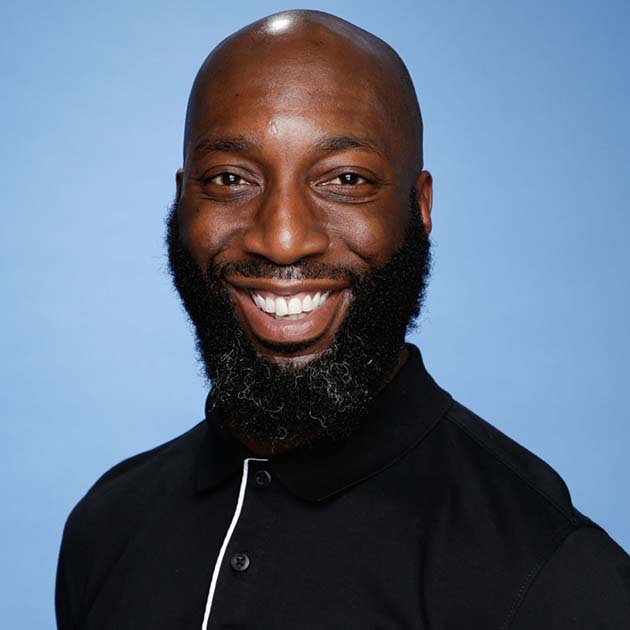News
Pirouettes and Philosophy with the New Dance Teacher
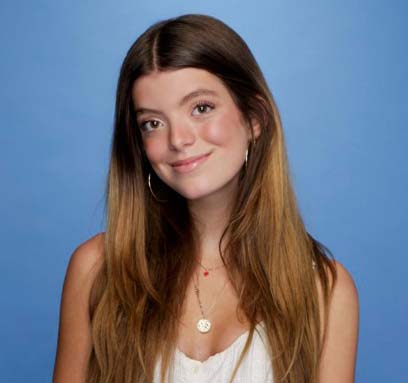
A Personal Reflection on Samuel Turner’s Dance Class
by Sadie Schoenberger ’25, Arts Editor for The Polygon
Upper School dance teacher and choreographer Samuel Turner’s first year at Poly is coming to a close. Since enrolling in his class in September, I can confidently say that my perspective on dance has drastically changed, along with how I view learning, creating, and trying something new. Turner sees at dance as movement, and movement as life. While he teaches dancers in the studio, his philosophies can also be applied to us all.
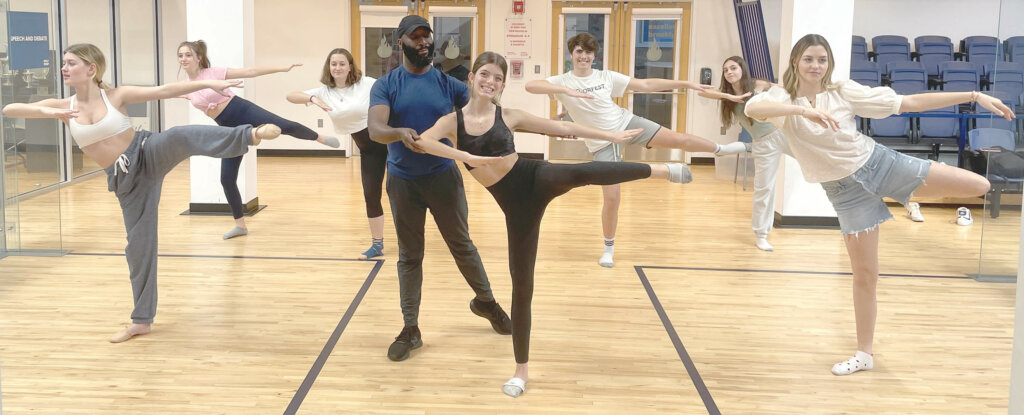
“I had an infatuation with ballet, the discipline behind it, the aesthetic and artistic lines that I saw these dancers creating with their bodies,” Turner stated. This infatuation began in Turner’s freshman year of high school at a school talent show, where Turner saw a boy perform a ballet solo. “He was doing a la seconde turns, and he did jumps that were so high. And I remember he had the biggest calves I’d ever seen. And I said to myself, I want calves like that; I want to be able to do that!” When discussing his start in dance, he remembers his mom being seriously against it. “My family is also from the islands, Jamaica. So it’s very cultural, very religious background, in the sense where dancing is not something we do in that regard.” Smiling, Turner recalls calling his grandfather, hoping it would sway his mother. “He didn’t know what it was. He just knew that the kid wanted to dance, so let him dance.”
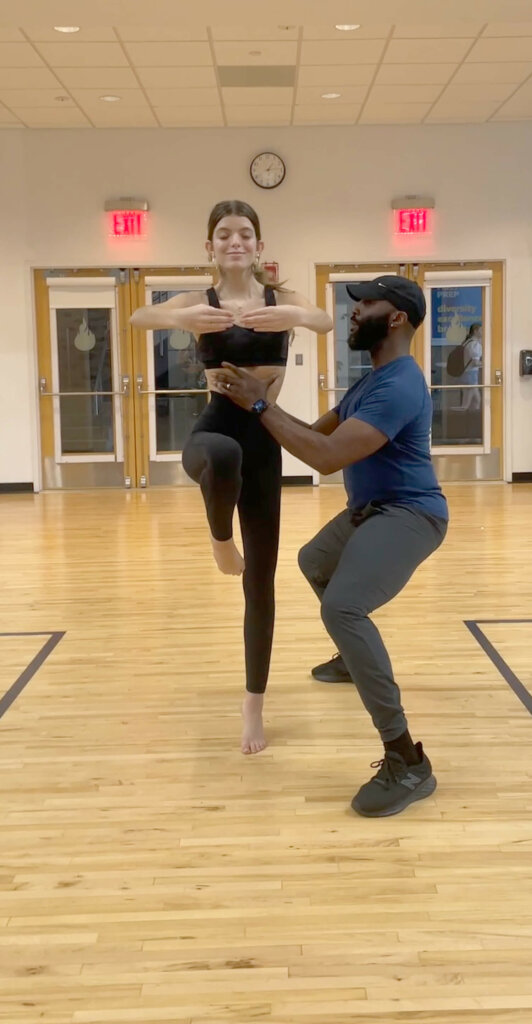
This was only the beginning. Turner went on to study with prima ballerina Violette Verdy, who danced for the New York City Ballet. Turner graduated with a B.S in ballet performance and Kinesiology, the scientific study behind movement. “When you take the science behind the movement, then you can understand how it really works,” he explains. After graduating, Turner continued his career with esteemed credits, including performing with Elisa Monte, the Radio City Rockettes, and the Metropolitan Opera.
“…I wanted to be a Black ballet dancer. Because there’s not many of those.”
“In my heart, I am a performer. I am a dancer first. When we dance, we create endorphins. And the more endorphins you have, the happier you are,” Turner said, grinning. “When you’re doing things that make you feel a certain way, it feeds your soul. That’s what’s carrying us to the next day, to the next moment. And I think that’s what I found. And I’m lucky to have found that and be able to do that in some kind of dynamic. I’m able to let go of all of that baggage and leave it on the floor as art for someone else to admire, for someone else to feel.”
“My teachers often told me that I should audition for modern dance instead of ballet companies because I did not have “the look” for ballet,” Turner added. “What they meant was that I wasn’t white, and I wasn’t slender, and I wasn’t tall, which you would think would be a setback. But as you know, we live in this world where there have been many setbacks for many people; it’s how you move forward. You’re saying I need to be a modern dancer, but I know I can be a ballet dancer. And I wanted to be a Black ballet dancer. Because there’s not many of those.”
“Dance is like a language, and you have to study it for years to grasp it.”
“Witnessing the sport’s involvement, the excitement, the activity; that’s how I want people to treat the dance department. Because if I asked one of those football players to do a tombé, coupé, jeté, then turn with a jump to the floor and get back up in eight counts, would they be able to do it? No, of course not. Because they’re not conditioned to. Dance is like a language, and you have to study it for years to grasp it. What we do here, the training that goes into being able to do what we do, because not everyone can do it; it takes skill, it takes power, and it most certainly takes athleticism. We need to be considered as athletes.”
I’ve Done It!
“I think there’s a sense of a lack of time. I don’t know how to do a split right now, so I’m not going to. I’ll do something else. No, put some time into it, and you’ll get there.” As Turner’s student, I couldn’t do a split at the beginning of the year. In fact, I could barely get my feet to turn out. But every week, we practiced, stretched, and strengthened, and nine months later, I’ve done it!
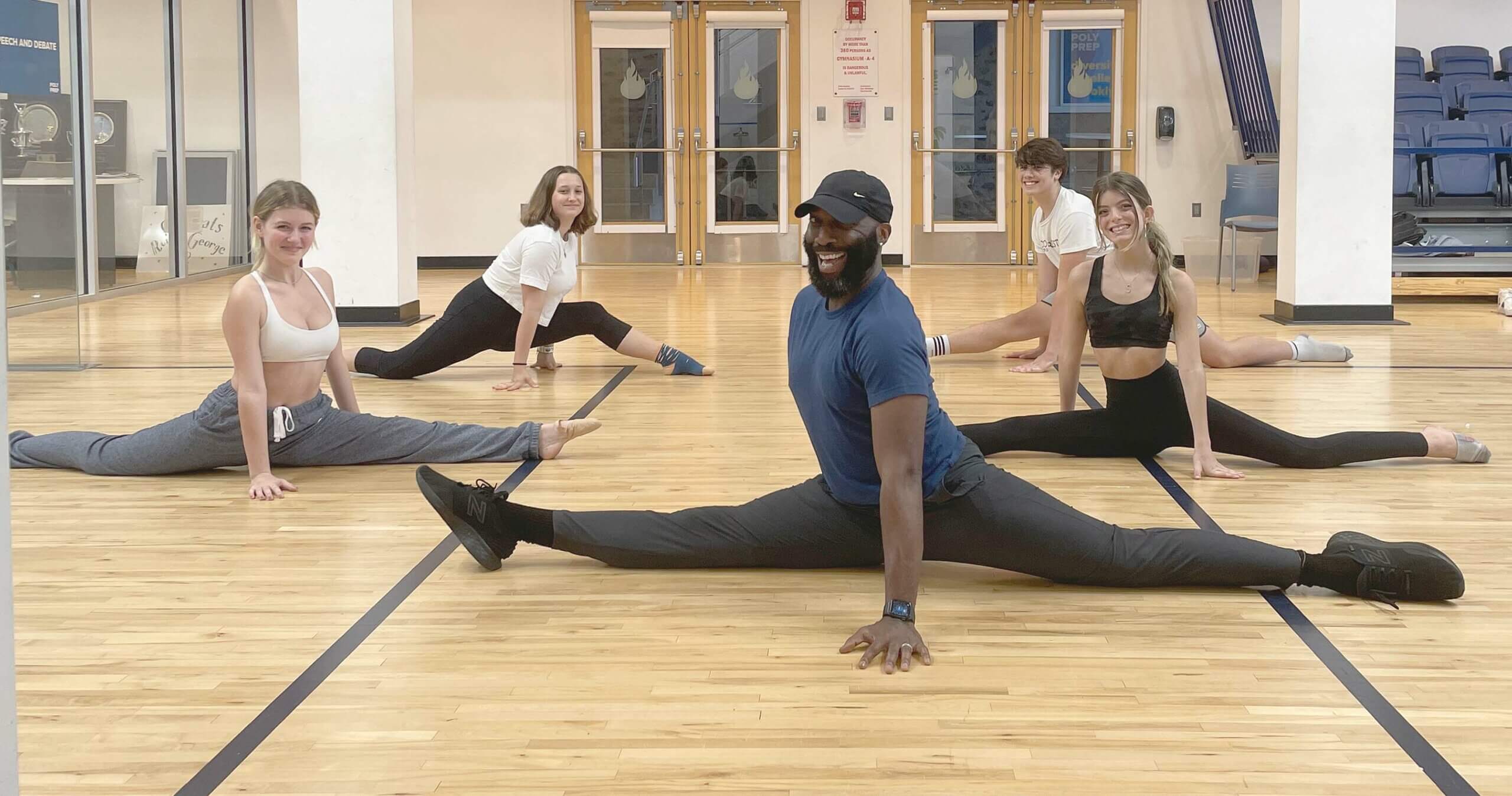
But Turner’s theory doesn’t apply to just dance. The concept of working towards a goal that, at the moment, looks unattainable is something that applies to our everyday lives. It’s easy to get discouraged, not to try at all, because the process won’t be easy. But as Turner says, “If we don’t allow time for creativity, we don’t like the process; we can never get to the feeling that I think everyone wants to feel.”
Note: This article was originally published in The Polygon’s May/June 2022 issue.

